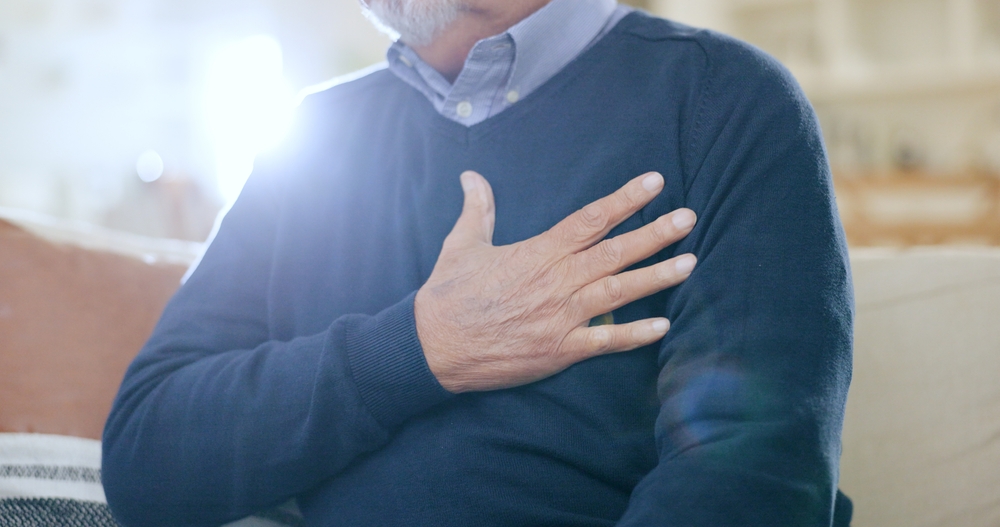Make an Appointment
DOMS is the delayed onset of muscle soreness or the stiffness that the body undergoes 12-72 hours after a workout. What’s appalling is that DOMS is a setback to your strength and training. For some, it’s a continuous sick pleasure that they have to go through as a part of their training where you can’t sit, stand or even go up or down the stairs, but for others, it’s something entirely unbearable.

Well, outside the training room, DOMS is quite a contentious issue and many trainers simply condemn calling it as a symptom of effective training. The Strange part is that researchers haven’t been able to determine yet what causes the delayed muscle soreness. According to a theory, it’s the lactic acid that is released from working out intensely in the weight room, which then causes a fall in the PH in the muscles, consequently dampening the nerves and causing all the soreness.
In another theory, it’s the micro-damage of muscles that causes the whole issue. This theory makes more sense though as the muscle structure does go through distortions when seen under a microscope.
Whatever maybe the anatomy behind the DOMS, one thing that’s more easily predictable is when DOMS will occur. So whenever you would try a new movement, lift more, or use high volume or intensive training, DOMS is likely to happen.
Some of us can’t defeat DOMS, while others are lucky to defeat it completely.
However, you don’t need to be envious, at all, if you are stuck with the intense delayed onset of muscle soreness. It’s possible to control it, or at least minimize its occurrence. There are a few tried-and-tested techniques that largely reduce the DOMS.
Here is what you need to do:
1. Don’t forget to foam roll
Foam is staple for your body’s recovery. It’s the technique that’s hidden inside the fitness toolbox of all the greatest weight trainers. Not just that, it helps with reducing the stiffness and soreness in the muscle too as the compression and rolling leads to better stimulation of the healing process. For some people, it may hurt like hell, but others really enjoy doing it.
2. Don’t forget your post-workout meal
Don’t forget to take the muscle-recovery nutrients after a workout. This would include taking protein-rich foods, especially protein shakes that can get into the body much faster than chicken or fish. Remember to take a quality meal within an hour of your training.
3. Sleep more
If you don’t have time to sleep, maybe, you should reduce the intensity of your training. Sleep is essential, especially if you want muscle recovery. Some of the hard training athletes sleep as much as 10 hours daily to induce optimal recovery.
4. Try Epsom salt bath
A hot bath with some salts is very appealing and effective with reducing the post-workout stiffness. However, if you could use Epsom salts over others, it’s a LOT better. This is because of the magnesium in the Epsom salt that absorbs into the skin and reduces the soreness.

Date Published: Tuesday, May 2, 2017
Locate a Mobile Physiotherapy
Service Near me
Get the experience & convinence you deserve to support your or a loved one's allied health needs.
Our Mobile Physiotherapy team are currently serving & taking appointments in the following states and regions in Australia:
Need to get into direct contact with ur Client Services team? We're all ears. Call our team directly on 1300 731 733



















